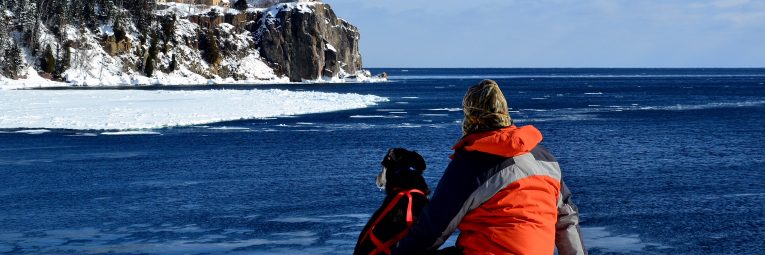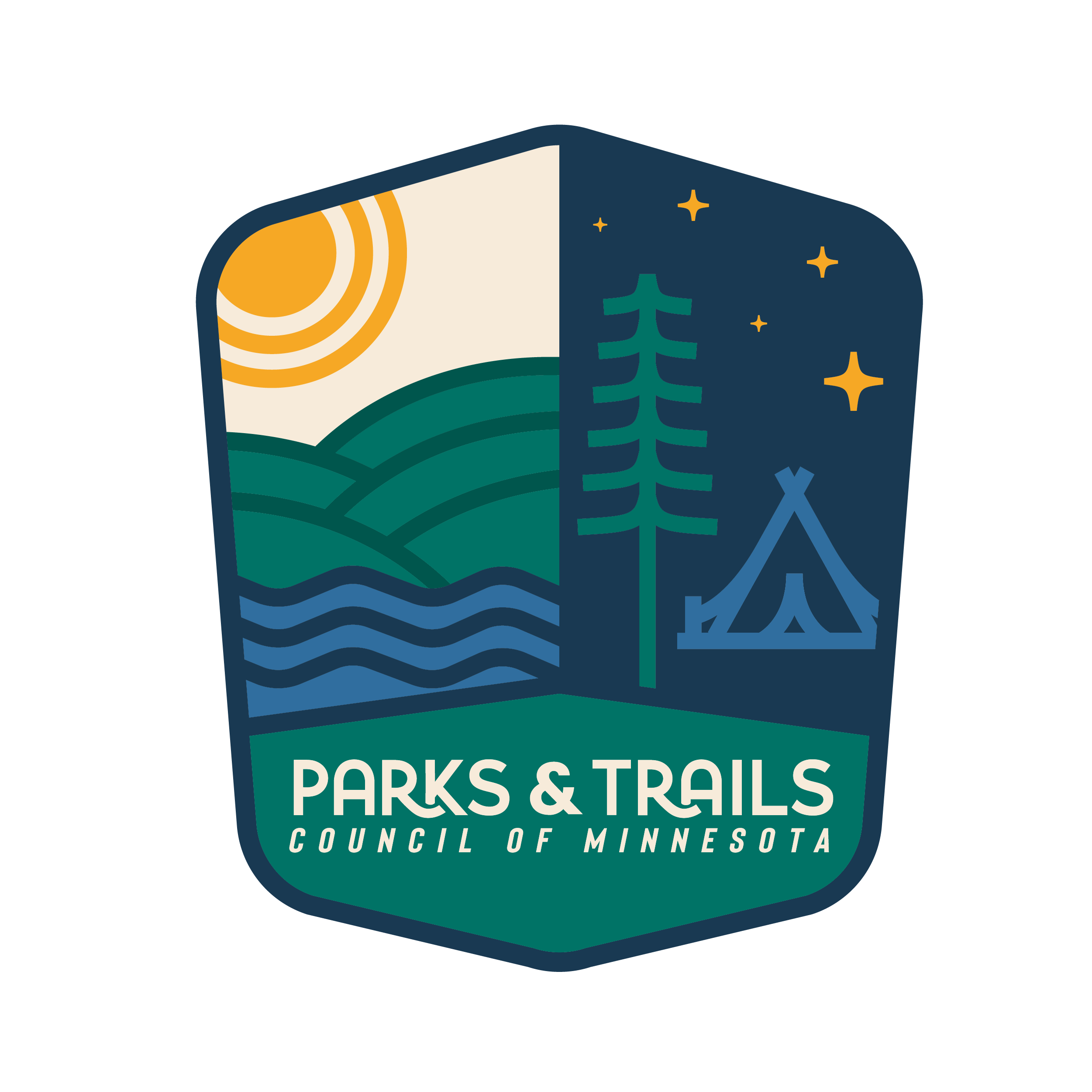- Home
- DNR News Releases
- DNR highlights new parks and trails offerings for 2017

DNR highlights new parks and trails offerings for 2017
DNR News Release
New offerings come after record number of visitors utilize state’s parks and trails system in 2016; DNR seeks moderate fee increases to support increased demand for parks and trails maintenance and services.
A variety of new experiences await visitors to Minnesota state parks and trails in 2017. For example, you can:
- Explore two new campgrounds opening this summer at Lake Vermilion-Soudan Underground Mine and Whitewater state parks.
- Paddle a new state water trail through southern Minnesota—the 20-mile Shell Rock River State Water Trail—which begins at Fountain Lake in Freeborn County and passes through Myre-Big Island State Park en route to the Iowa border. (Fun fact: 12 of Minnesota’s 35 state water trails will celebrate their 50th anniversary in 2017.)
- Discover the Mill Towns State Trail. The DNR has acquired 6 miles of unused rail trail and completed two critical trail connections for the Mill Towns State Trail: a bridge across the Cannon River to Lake Byllesby Regional Park and a Highway 52 underpass.
- See bison. A yearling bull has joined the Minnesota Bison Conservation Herd at Minneopa State Park. He and other bison can often be seen on a two-mile drive through the park’s new bison range.
- Learn how to make your own maple syrup. Visitors will be able to learn how to make maple syrup in the new sugar shack at Maplewood State Park.
Other highlights include:
- Safer and easier boat access at St. Croix Boom Site and the public water accesses along the Minnesota and Otter Tail rivers.
- Safer snowmobiling and ATVing on Blue Ox Trail. The extensive rehab of a snowmobile bridge over the Big Fork River on the Blue Ox Trail connects the 74 miles of trail. This trail is ideal for viewing wildlife; watch for beavers, eagles, moose, wolves and bobcats.
Many of these projects and experiences are possible because of Legacy funding. Legacy funding is also helping the DNR to connect more people to the outdoors. Minnesota state parks, for example, are seeing record attendance.
“Visits to Minnesota state parks topped 10 million in 2016 for the first time in the system’s 125-year history,” said Erika Rivers, director of Minnesota state parks and trails. “We are grateful to everyone who supported the Legacy Amendment in 2008, because Legacy funding has helped us expand outreach and provide more of the amenities that today’s visitors expect, but Legacy funding can’t be used for the day-to-day operations and maintenance of our system.”
Operations and maintenance costs are paid for out of the DNR’s general fund allocation and user fees that support dedicated accounts, Rivers explained, which have not kept up with rising demands on the state’s parks and trails. To cut costs, the DNR has, among other things, shortened camping seasons at several state parks, reduced winter services such as ski trail grooming, and postponed some needed repairs to facilities. For example, the bathroom building at Jay Cooke State Park’s Oldenberg Point is no longer available to the public due to needed maintenance.
“More and more Minnesotans and visitors to our state are discovering the beauty and variety of our state’s parks and trails system. This is excellent news, but it does create challenges to meeting the increased maintenance demands on our system. The time has come for Minnesota to make some critical investments to support the outdoor recreation system we value so highly,” Rivers said.
Earlier this year, Gov. Mark Dayton recommended an increase in the DNR’s General Fund allocation along with modest but much-needed fee increases to ensure that Minnesota’s state parks, its lakes, its water trails and its extensive multi-use trails—for snowmobiling, cross-country skiing, ATV riding, biking and hiking—remain well-maintained attractions.
Proposed fee increases include:
- State park vehicle permit increases of $1/daily and $5/annually;
- Registration fee increases for ATVs ($5/year), snowmobiles ($10/year) and boats ($1-$15/year, depending on size of craft); and
- Cross-country ski pass increases of $2/daily and $5/annually.
“The governor’s budget proposal would help maintain the vitality of Minnesota state parks and trails and bolster local economies,” Rivers said.
The economic impact to Minnesota’s local communities is significant. Trip-related spending by state park visitors alone totals nearly $250 million annually, supporting thousands of local jobs across Minnesota. That total is much higher when you figure in trip-related spending by the visitors who use the state’s 22,000 miles of snowmobile trails, its 1,500-plus public water accesses on Minnesota lakes and rivers, its 600-plus miles of paved bike trails, its 49 state forest campgrounds and other public lands.
“Minnesota has a tradition of publicly supporting outdoor recreation through a combination of general fund and user fees,” Rivers said. “Most of these fees have not been raised in more than a decade, and they all go toward supporting one of the best parks and trails systems in the country. We think the high-quality outdoor recreation experiences we provide are worth paying for, and we hope Minnesotans who agree will make their voices heard.”
Voters approved the Clean Water, Land and Legacy Amendment in November 2008. The Parks and Trails Fund receives 14.25 percent of the sales tax revenue and may only be spent to support parks and trails of regional or statewide significance.
For more information about the Parks and Trails budget and proposed fee increases, visit the DNR website or contact the DNR Information Center at info.dnr@state.mn.us or 888-646-6367 (8 a.m.-8 p.m. Monday through Friday, 9 a.m.-1 p.m. Saturday).
About Lisa Filter
News Categories
Recent News
-
Painting the park office at... January 7, 2025
-
We have a new CRM December 11, 2024
-
Vote yes on Lottery proceeds October 29, 2024
-
Two Friends Groups receive ... August 28, 2024
-
Share your opinion on fundi... August 27, 2024
